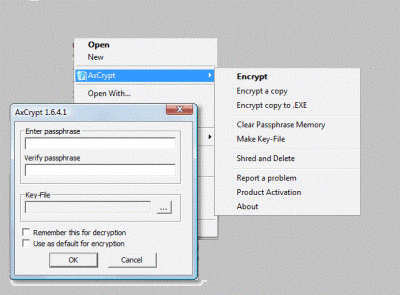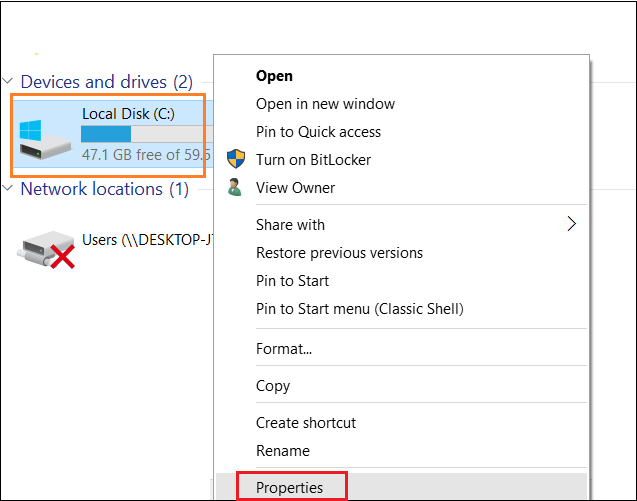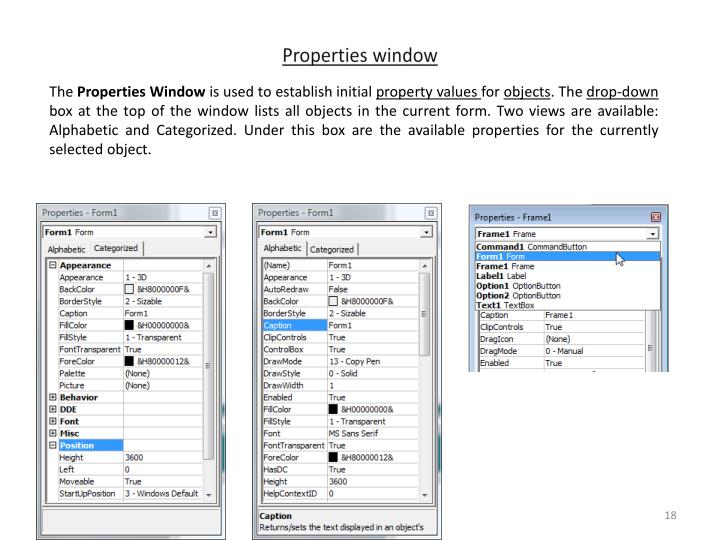
- #BEST WINDOWS 10 FILE PROPERTIES EDITOR UPDATE#
- #BEST WINDOWS 10 FILE PROPERTIES EDITOR PASSWORD#
- #BEST WINDOWS 10 FILE PROPERTIES EDITOR WINDOWS#
So, here you need to click on the ‘View’ Tab. After this, a drop down box will appear on your screen.Then select ‘Change folder and search options’ from the given menu.Now click on the ‘File’ tab which will be displaying on the top left corner on your screen.So, to make it configured, here you need to follow the following steps: And this happens due to the file explorer in your system which is not configured to display the hidden folders. Because the files and folders which appear missing to us are usually hidden somewhere in your system.
#BEST WINDOWS 10 FILE PROPERTIES EDITOR WINDOWS#
Find Your Disappeared Folder and Files with Wondershare Recoveritįor getting back your disappeared files and folders in Windows 10/11, it will be better to locate your hidden folders within your system.

Search different hard drive partitions for your files Check Temp Folder to Find the Vanished Folder However, the service will need to be restarted before the new settings will take effect. The changes to the configuration file will be saved successfully. When you are ready to save the file, click “File” > “Save” to save the configuration file. The file you selected will open in WordPad allowing you to edit it.ħ. If no files are appearing, ensure the “All Documents” option is selected in the drop down menu located directly above the “Open” and “Close” buttons.Ħ. Select the file you want to edit in the list of files. Click “File” > “Open” and navigate to the location of the configuration file you are editing when the new window pops up.ĥ. When asked if you want to let WordPad make changes to the computer, click the “Yes” button.Ĥ. Right click on the WordPad icon in the start menu and click “Run as administrator”ģ. Open the Windows start menu and type “wordpad” into the search bar.Ģ. While other text editors such as Notepad can be used, we recommend using WordPad because it will preserve the proper line endings used in the file by Orchid.ġ. Note: These instructions outline editing the configuration files in WordPad, which is included in Windows by default.

#BEST WINDOWS 10 FILE PROPERTIES EDITOR UPDATE#
Stores all of Orchid's default settings and can be used to update Orchid's port number, manually update the admin password, etc.Orchid’s Default Settings: C:\Program Files\Orchid\bin\orchid_server.properties.The default locations for Orchid’s configuration files in Windows are:


Note: In order to edit Orchid’s configuration files, you will need to be logged in as an administrator user. For instance, the path to a TLS key must be specified similar to: C:\\path\\to\\my\\tls.key. IMPORTANT: Windows file system paths using backslashes must be escaped with an extra backslash. When necessary, these files can be edited through text editors such as WordPad.
#BEST WINDOWS 10 FILE PROPERTIES EDITOR PASSWORD#
Orchid and the ONVIF Auto-Discovery service both have properties files which may need to be edited at times to perform actions such as manually resetting the administrator password or updating the port used by Orchid. Equivalent instructions for Orchid versions 2.0.0 and above are available in the Orchid Core VMS Installation Guide in the section "How to Edit a Configuration File in Windows". IMPORTANT: The information in this article is specific to Orchid version 1.12.7 or earlier.


 0 kommentar(er)
0 kommentar(er)
